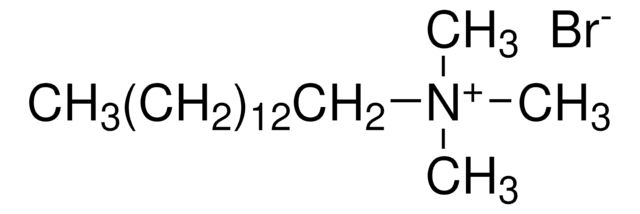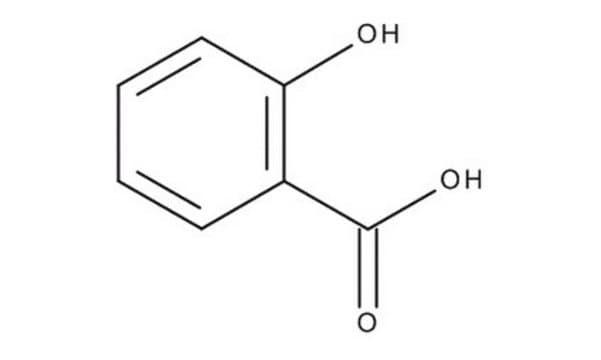ABC1451
Anti-PDGF-D
from rabbit
Synonyme(s) :
Platelet-derived growth factor D, Iris-expressed growth factor, Spinal cord-derived growth factor B, SCDGF-B
About This Item
Produits recommandés
Source biologique
rabbit
Forme d'anticorps
purified antibody
Type de produit anticorps
primary antibodies
Clone
polyclonal
Espèces réactives
human
Réactivité de l'espèce (prédite par homologie)
rabbit (based on 100% sequence homology)
Conditionnement
antibody small pack of 25 μg
Technique(s)
western blot: suitable
Isotype
IgG
Numéro d'accès NCBI
Numéro d'accès UniProt
Modification post-traductionnelle de la cible
unmodified
Informations sur le gène
human ... PDGFD(80310)
Description générale
Spécificité
Immunogène
Application
Western Blotting Analysis: A representative lot detected PDGF-D in PBS exchanged condition media collected from LNCaP cells transfected with PDGF-D expression vector (Courtesy of Hyeong-Reh Choi Kim lab at Wayne State University).
Qualité
Western Blotting Analysis: 2 µg/mL of this antibody detected PDGF-D in PBS exchanged condition media collected from LNCaP cells transfected with PDGF-D expression vector.
Description de la cible
Forme physique
Autres remarques
Vous ne trouvez pas le bon produit ?
Essayez notre Outil de sélection de produits.
Code de la classe de stockage
12 - Non Combustible Liquids
Classe de danger pour l'eau (WGK)
WGK 2
Certificats d'analyse (COA)
Recherchez un Certificats d'analyse (COA) en saisissant le numéro de lot du produit. Les numéros de lot figurent sur l'étiquette du produit après les mots "Lot" ou "Batch".
Déjà en possession de ce produit ?
Retrouvez la documentation relative aux produits que vous avez récemment achetés dans la Bibliothèque de documents.
Notre équipe de scientifiques dispose d'une expérience dans tous les secteurs de la recherche, notamment en sciences de la vie, science des matériaux, synthèse chimique, chromatographie, analyse et dans de nombreux autres domaines..
Contacter notre Service technique






